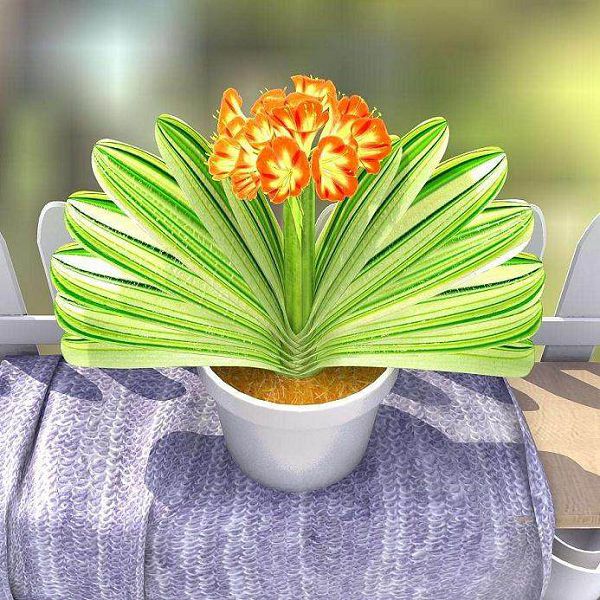Why do magnolia change soil twice a year?

(2) Why do we have to change the soil twice a year?
The main results are as follows: 1. The soil used in the orchid is made of rotten leaves, pine needles and a small amount of river sand and charcoal residue. The nutrients of such a nutritious soil can only be maintained for half a year at most before it is absorbed by the gentleman orchid. When you change the soil, you can see: half a year later, the old basin soil has become muddy, not only without nutrients, but also very poor air permeability.
So it is necessary to change the soil twice a year. Of course, it is not impossible for you to change the soil if you have to do so. The magnolia is very resistant to adversity and can not die for dozens of days with bare roots. If you don't water or change the soil, you won't die for a while, but it will be difficult to grow well. I've seen a gentleman orchid who has only a few leaves for 20 or 30 years, which has something to do with not changing pots, not changing soil, and poor management.
2. How to change the soil?
The main results are as follows: (1), prepare materials before soil change: rotten leaves, pine needles, river sand and charcoal residue (which can be added or reduced in spring according to 5.2.2.1 in autumn). In addition, prepare large and small sesame seeds, sunflower seeds and other solid fertilizers for stir-frying (not too much), and choose some special pots suitable for the size of magnolia.
(2) the water content of the basin soil is close to zero when the magnolia is stopped for 5 to 15 days (depending on the size of the basin). Objective to change the soil without harming the root and recover quickly.
(3) check the growth of the root system by hitting the soil in the buckle basin, remove the rotten hollow root and start loading the soil on the basin:
The first step: cover the basin hole with two tiles, cover it not strictly, block it and not die, so as to achieve the goal of permeable and breathable without leaking soil and not exposing roots.
The second step: lay the basin bottom soil (can also be combined with bottom fertilizer), after laying, the gentleman orchid root will be exposed to the root pocket and filled with plain soil, and then wrap the soil in the root pocket, and the root bag will go down into the basin. Don't scatter the soil in the root pocket.
The third step: one hand to hold the root pocket and the other hand to fill the soil around the basin wall (the solid fertilizer can be mixed with solid fertilizer or used as waist fertilizer in autumn). The soil should be evenly filled with the filling to straighten the orchid and fill the soil. What should be paid attention to here is the filling, which is squeezed or locked rather than pressed with the soil in the basin wall, around the root pocket and in the root pocket. The aim is to allow the root system to stretch and grow smoothly.
Related
- Is the orchid suitable for indoor use? Is it good for the body?
- How to prevent the empty root of orchids?
- What to do after the crab claw orchid is withered?
- Why are the leaves of orchids always yellow? Fertilizing and watering.
- Can the root of the gentleman orchid be saved if it is rotten?
- Diagnosis and treatment of cotton-blowing beetle insects in Cymbidium
- There is a way for a gentleman's orchid to rot.
- What is the most suitable temperature and humidity for the orchid?
- How to raise a gentleman's orchid? Cultivation techniques of Cymbidium
- How to prepare the nutritive soil for the cultivation of Cymbidium


